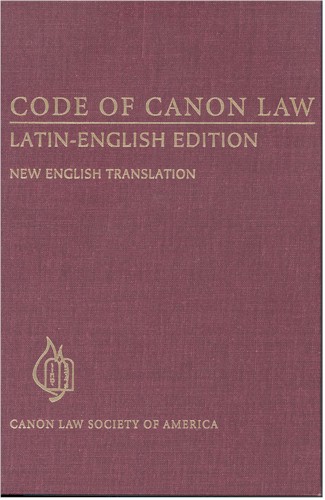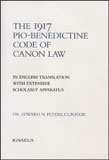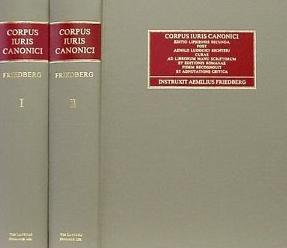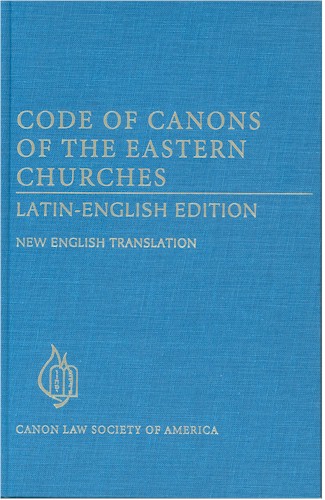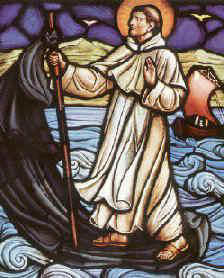|
To work for the proper implementation of canon law is to play an extraordinarily constructive role in continuing the redemptive mission of Christ. Pope John Paul II |
|
|
|
|
Resolution 1152 x 864 |
Updated 3 jan 2013 |
Review of James Akin, Mass Confusion (Catholic Answers, 1998), 248 pp. |
|
Edward Peters, Review of J. Akin, Mass Confusion (1998), in National Catholic Register (23-29 Aug 1998) 8.
Check out |
As a rule of thumb, 90% of Catholics receive 90% of their exposure to
things Catholic at Mass on Sunday. If Sunday Mass is sound sacramentally,
doctrinally, homiletically, even dramatically, then most of what
most Catholics will get about their faith will be sound. But if Sunday Mass is
flawed in any respect, let alone in many respects, then the great majority of
what most Catholics get will be seriously flawed.
It's an open secret, of course, that parish liturgies have, in a little
over one generation, dropped precipitously in terms of virtually all measurable
factors: average attendance, ministerial compliance with rubrics, doctrinal
topics presented in homilies, and so on. Granted, in comparison to most other
American Christian denominations, and certainly when compared to European
Catholicism, weekly Catholic liturgies in the United States seem relatively well
attended and consequently some degree of success in parish liturgical life can
be claimed. But the key word here is relatively.
Sunday Mass for most Catholics has become a relative experience. The
minister decides, often unaware that he has done so, which rubrics will be
followed and which forgotten or violated. Lectors decide (or have decided for
them by equally unauthorized persons) which Scripture texts will be edited in
proclamation and which ones won't. Musicians decide which musical styles will be
followed at which Mass. The people are often encouraged to decide for themselves
which parts of the Mass are meaningful for them. Today, parish shopping, with
selection based primarily on liturgical styles of celebrants, is common.
Who could be blamed for seeing in all of this, not "the liturgy
[which is] the common celebration of the Church itself, that sacrament of
unity" (1983 CIC 837) but rather, mass confusion? Fortunately, James Akin's
book of that same title does what no other book has even attempted to do: it
compiles in a popular format the authoritative documents of the Church on
proper liturgical function, and presents them in a manner useful to those most
affected by, yet least able to apply, those documents themselves—laity
in the pew.
James Akin is a senior apologist with the worldrenowned Catholic
Answers, Inc. Only 33-years-old, his gripping personal story is included among a
dozen moving narratives about conversion to Catholicism presented in Patrick
Madrid's Surprised by Truth (Basilica
Press, 1996). Akin is a regular columnist with This Rock magazine and a
popular guest and co-host on "Catholic Answers Live" daily radio
program.
But Akin is not, and makes no pretense of being, a "liturgical expert" in any conventional sense of the term. He takes the liturgists at their word when he writes, "As is so often pointed out, the liturgy is not the exclusive domain of liturgical experts. It belongs to the whole people of God. Even the most humble person has the right to study and inform himself of what constitutes authentic Catholic liturgy and to compare it with the liturgies he experiences." That's why his book can be so useful to laity. Their questions are his questions and their expectations are his expectations.
Akin examines virtually every aspect of practical interest to laity in the celebration of Mass. After a brief review of post-conciliar liturgical history and an overview of the proper roles of the principal ministers of Mass, Akin proceeds chronologically through the liturgy from the introductory rites, through the readings and Eucharistic prayers, to Communion and the concluding rites. He also examines liturgical vestments and furnishing and treats such things as proper posture and actions during Mass. There are even some suggestions on various methods for resolving liturgical disputes locally before lasting damage is done to faith and feelings. Liturgical music, however, being nearly a field of its own, is referenced only occasionally.
Two things in particular commend this book to a wide audience. First is Akin's willingness to quote carefully from original Church documents on liturgy, rather than merely offering his own interpretation of what they say. This bespeaks not only Akin's willingness to present liturgical rules in their proper context, but his recognition of the right of the faithful to read for themselves what Church leadership wants in the way of sound liturgy. Second, Akin offers a table of "Commonly Raised Issues" with clear indications of propriety, along with more detailed references for further study. This is, after all, a handbook that needs to lend itself to more practical applications.
The first step in pursuing the good is knowing what it is. Catholics who wish to know what goods are offered in the liturgy as envisioned and authorized by the highest ecclesiastical authorities can hardly begin their search better than by consulting Akin's excellent reference work.
|
